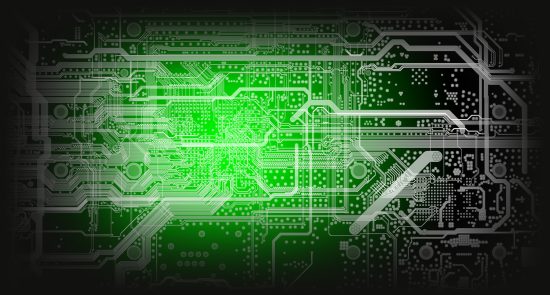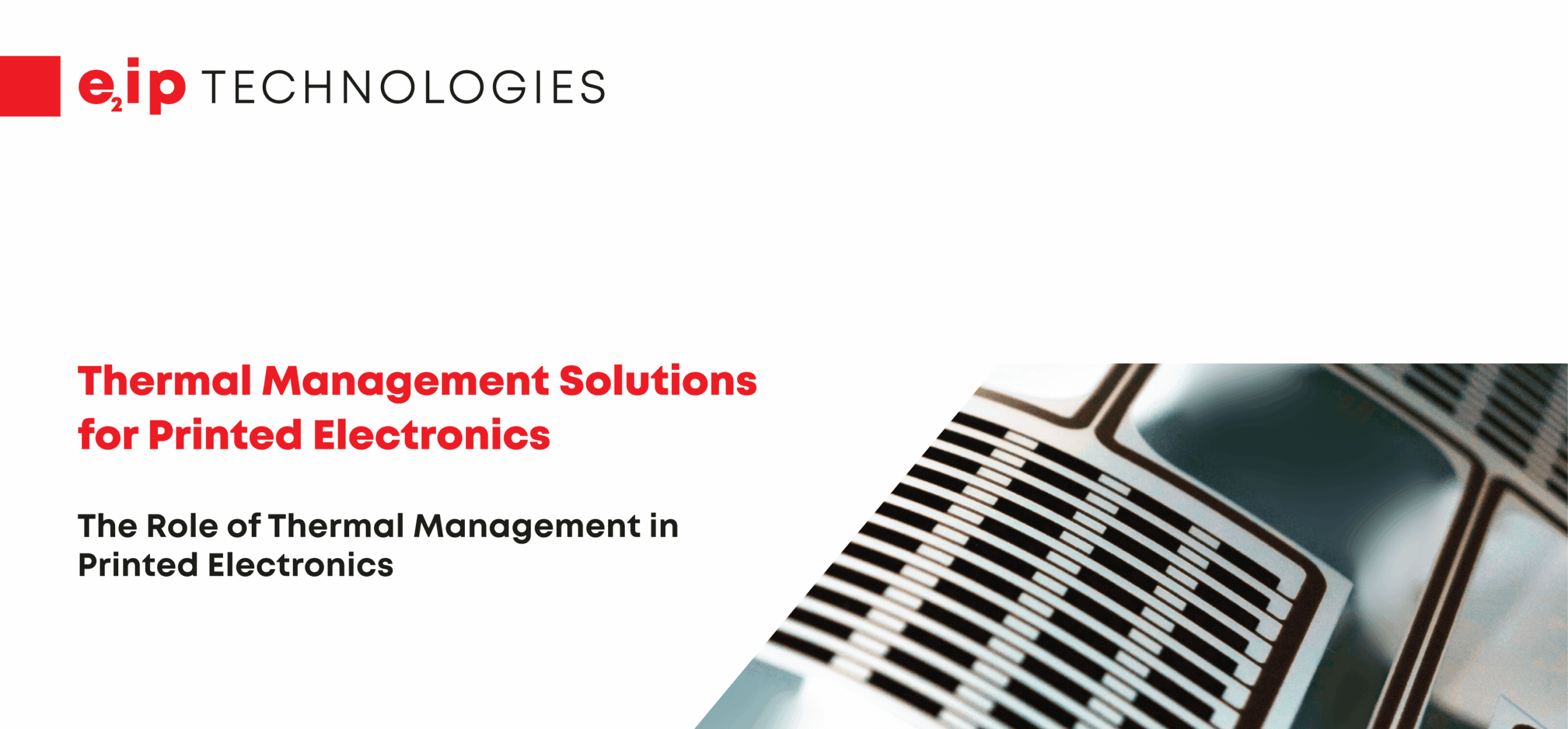Between the materials used to produce electronics and electronic waste, the electronics industry is turning its attention to issues of sustainability. Global e-waste is expected to double by 2050, so sustainability efforts are clicking into gear not a moment too soon.
The electronics industry can respond to the call for sustainable solutions by creating consumer electronics in new ways, including bio-based materials and printed electronics. Environmentally sound design choices can also play a role in improving the industry’s sustainability.
On their end, consumers are also demanding greater attention to environmental sustainability. They’re paying attention to disposal of hazardous waste and opting for refurbished electronics, among other choices.
As electronics companies create sustainable electronics, use recycled plastic and other materials for packaging, and recycle electronics in a responsible manner, they can join with consumers to mitigate climate change and other negative environmental impact.
Why Is Sustainability Important for the Electronics Industry?
Sustainable choices are important for the industry because they conserve precious natural resources and protect the environment.
Manufacturers can use environmentally friendly materials that can be recycled easily in order to reduce their impact on the environment. By doing so, they can help to remove these materials from the waste stream and prevent them from contributing to pollution and other environmental problems. Additionally, by paying attention to the carbon footprint of their supply chain, manufacturers can reduce their overall impact on the environment by minimizing the amount of greenhouse gases that are emitted during the production and transportation of their products. By taking these steps,
manufacturers can send a message to consumers that they are committed to ethical, sustainable, and carbon neutral practices. This can help to attract consumers who are increasingly seeking out products that align with their values and support a more sustainable future.
How Can Electronics Be More Sustainable?
To measure the environmental impact of electronics, you have to look at several factors, including the design process, the manufacturing production cycle, the raw materials, and the recycling of materials after use. Each electronics product has a different life cycle, so environmental impacts can vary from one product to the next.
Take a look at some of the options and novel solutions available for lightening the environmental load of electronics products.
Printed Electronics
Printing electronics drastically limits the amount of fossil materials used, as thin electronics and wearable devices are printed on various substrates using either traditional or novel printing equipment. In addition, energy consumption is significantly reduced with printed electronic components. Printed electronics are useful for flexible displays, sensors and various human-machine interfaces.
Use of Hazardous Chemicals
Many electronics products use heavy metals and toxic chemicals that are harmful to human health. These include lead, mercury, cadmium and various flame retardants. Electronics manufacturers can help manage these hazardous materials through eliminating PVC (polyvinyl chloride) from their power supply and cabling products and by choosing materials that don’t need flame retardants.
Energy Efficiency
Manufacturers can look for ways to save energy during the production of devices. They can also design products that are energy-efficient by tapping into ENERGY STAR features and adding low-power standby modes. Self-powered devices that offer energy harvesting from body motions lower energy demand, and use of supercapacitors reduces the need for lithium batteries.
Product Design and Materials Management
Products that require fewer resources and materials tend to generate less electronic waste at their end of life. It may be possible for some manufacturers to switch to sustainable materials such as vegetable-based plastics, recycled plastic, aluminum or recycled glass to minimize e waste as well. The same can be done with product packaging to lower each product’s overall carbon footprint. In addition, designing products that need reusable batteries rather than single-use batteries helps.
Sustainability for Consumers: How to Buy Electronics Ethically
Consumers play an important role in developing sustainable electronics. The more they demand eco-friendly electronics and a sustainable future, the more the technology industry responds.
They can pay attention to the supply chains used by their favorite brands. In the past, buyers had no way to know when a company was using child labor in developing countries, for example, in an effort to gain a competitive edge. Now, organizations such as Amnesty International have provided evidence showing that electronics companies are often responsible for human rights abuses.
When consumers put pressure on shareholders and companies, demanding ethical supply chains, living wages for workers, use of recycled materials, lowered carbon emissions, and other sustainable production choices, the industry is bound to take notice and make smart choices.
Sustainability and Corporate Responsibility
Electronics manufacturers play a key role in encouraging environmentally friendly electronics by using sustainable materials and manufacturing processes, and by designing products that are energy efficient and have a long lifespan.
Governments can also play a role by implementing regulations and incentives that promote the use of sustainable electronics, and by supporting research and development of environmentally friendly technologies.
Product designers can help by creating electronics that are easy to repair and upgrade, which can extend their lifespan and reduce the need for replacement. Consumers can support environmentally friendly electronics by choosing products that are made from sustainable materials and have a low impact on the environment, and by disposing of their electronics responsibly at the end of their lifespan.

By working together, electronics manufacturers, governments, product designers, and consumers can all help to create a more sustainable future for electronics.
At e2ip Technologies, we go beyond the minimum of meeting environmental compliance regulations by producing sustainable electronics that respect the environment, focusing on energy efficiency through all aspects of our process, promoting recycling and reuse of electronic products and packaging, and far more. We are fully committed to doing everything we can to promote environmental sustainability, minimize pollution, and be part of the solution. If you would like to learn more about sustainable electronics, contact us today.




